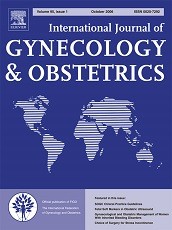Marcelo Alegre

Abstract
Although for centuries conscientious objection was primarily claimed by those who for religious or ethical reasons refused to join the ranks of the military (whether out of a general principle or in response to a particular violent conflict), in recent decades a significant broadening of the concept can be seen. In Thailand, for example, doctors recently refused medical attention to injured policemen suspected of having violently repressed a demonstration. In Argentina a few public defenders have rejected for conscientious reasons to represent individuals accused of massive human rights violations. In different countries all over the world there are doctors who refuse to perform euthanasia, schoolteachers who reject to teach the theory of evolution, and students who refuse to attend biology classes where frogs are dissected.
Alegre M. (Working Paper) Conscientious Oppression: Conscientious Objection in the Sphere of Sexual and Reproductive Health. 2009;1-34.





